
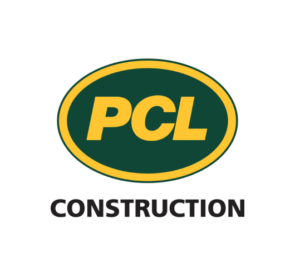



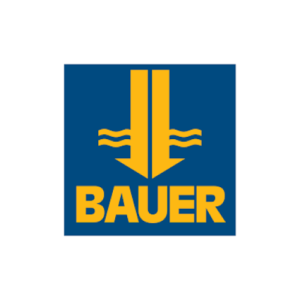
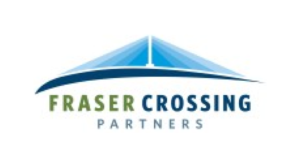
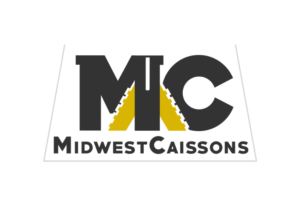
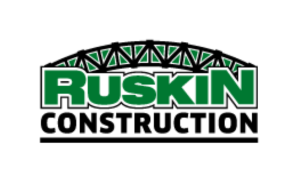

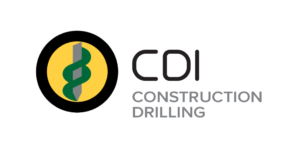
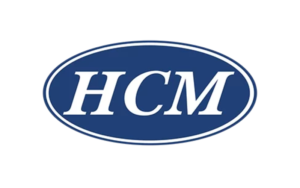


This state-of-the-art testing method uses the sonic wave propagation theory to check the material quality and integrity of newly placed drilled shafts, seal footings and slurry or diaphragm walls, and other structures. This test is conducted in conformance with ASTM D6760-16.
Advantages
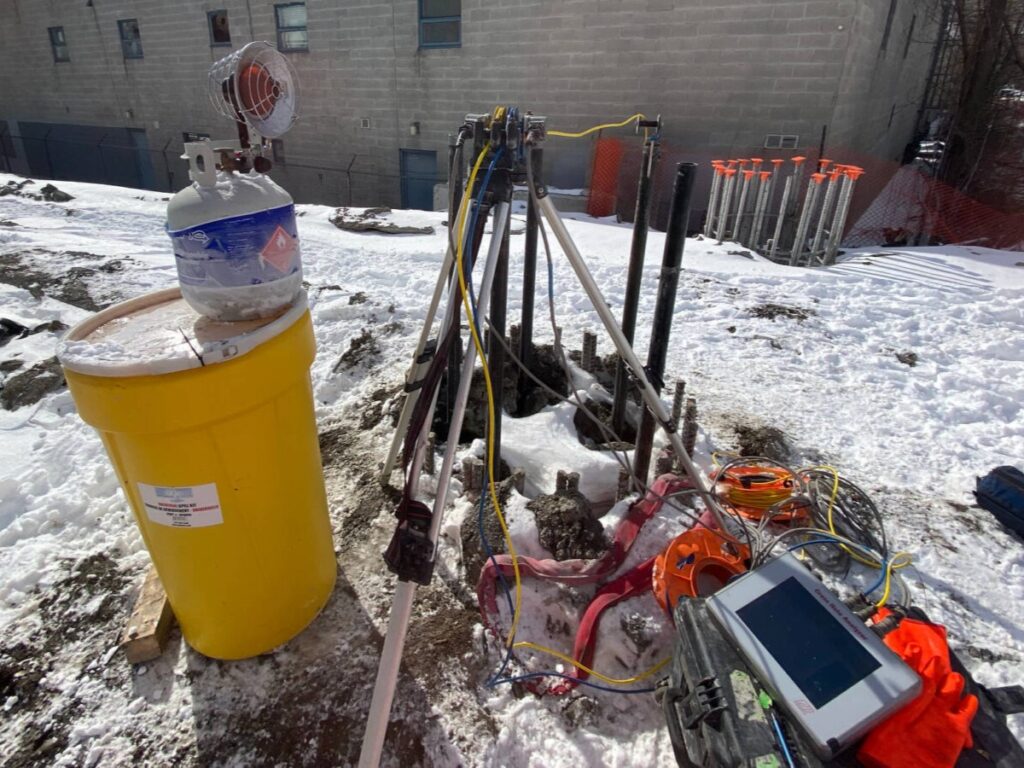

This state-of-the-art testing method uses the sonic wave propagation theory to check the material quality and integrity of newly placed drilled shafts, seal footings and slurry or diaphragm walls, and other structures. This test is conducted in conformance with ASTM D6760-16.
Advantages
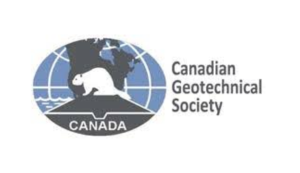
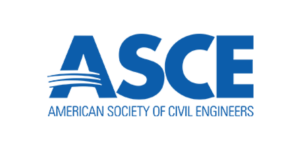

Yes, Pulse Echo Testing (PIT) can be used to verify anomalies detected by Crosshole Sonic Logging (CSL) testing. While CSL provides a detailed assessment of the integrity of drilled shafts and other deep foundations by evaluating the sound wave travel times between pairs of access tubes, PIT offers a complementary method by sending a stress wave down the length of the shaft and analyzing the reflected signals. This can help confirm the presence, location, and extent of anomalies such as voids, inclusions, or cracks identified during CSL testing, providing a more comprehensive evaluation of the foundation’s condition. It is important to note, however, that anomalies at the pile toe are difficult to detect using PIT as they can be masked by the toe reflection.
Thermal Integrity Profiling (TIP) and Cross-Hole Sonic Logging (CSL) are both methods used to evaluate the integrity of deep foundations, but they operate differently:
With over three decades at the forefront of the industry, SACL has built an unmatched reputation for innovation and reliability. Serving North America from our offices in Ottawa and Toronto, our expertise has earned the trust of clients across the continent and around the globe.
Whether you’re planning your next major project or have questions about our specialized services, our team is here to provide the support and solutions you need.
Contact us today to learn how we can help drive the success of your most critical projects.

Headquarters
Unit 8,
5330 Canotek Road,
Gloucester,
Ontario K1J 9C3,
Canada.
Phone:
+1-807-700-7225
Email:
info@saclcanada.com
Hours:
Monday to Friday – 09:30 – 17:30 (EST)
Weekends – Closed
© 2024. All rights reserved to Scientific Applied Concepts Ltd. Canada.
You are about to access data that is maintained on a site external to SACL systems.
Please note that SACL is not responsible for the content, privacy policies, or practices of external sites. By proceeding, you acknowledge that the external site may have different cookie settings and data handling policies.